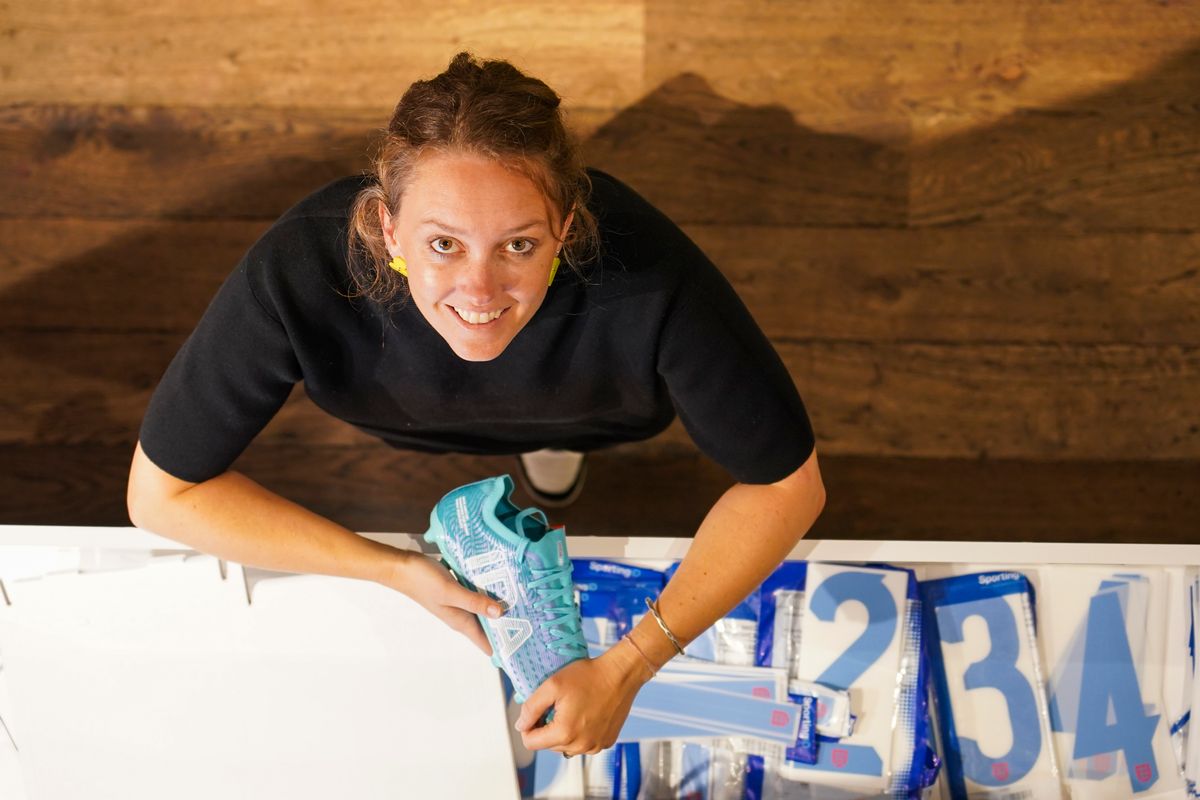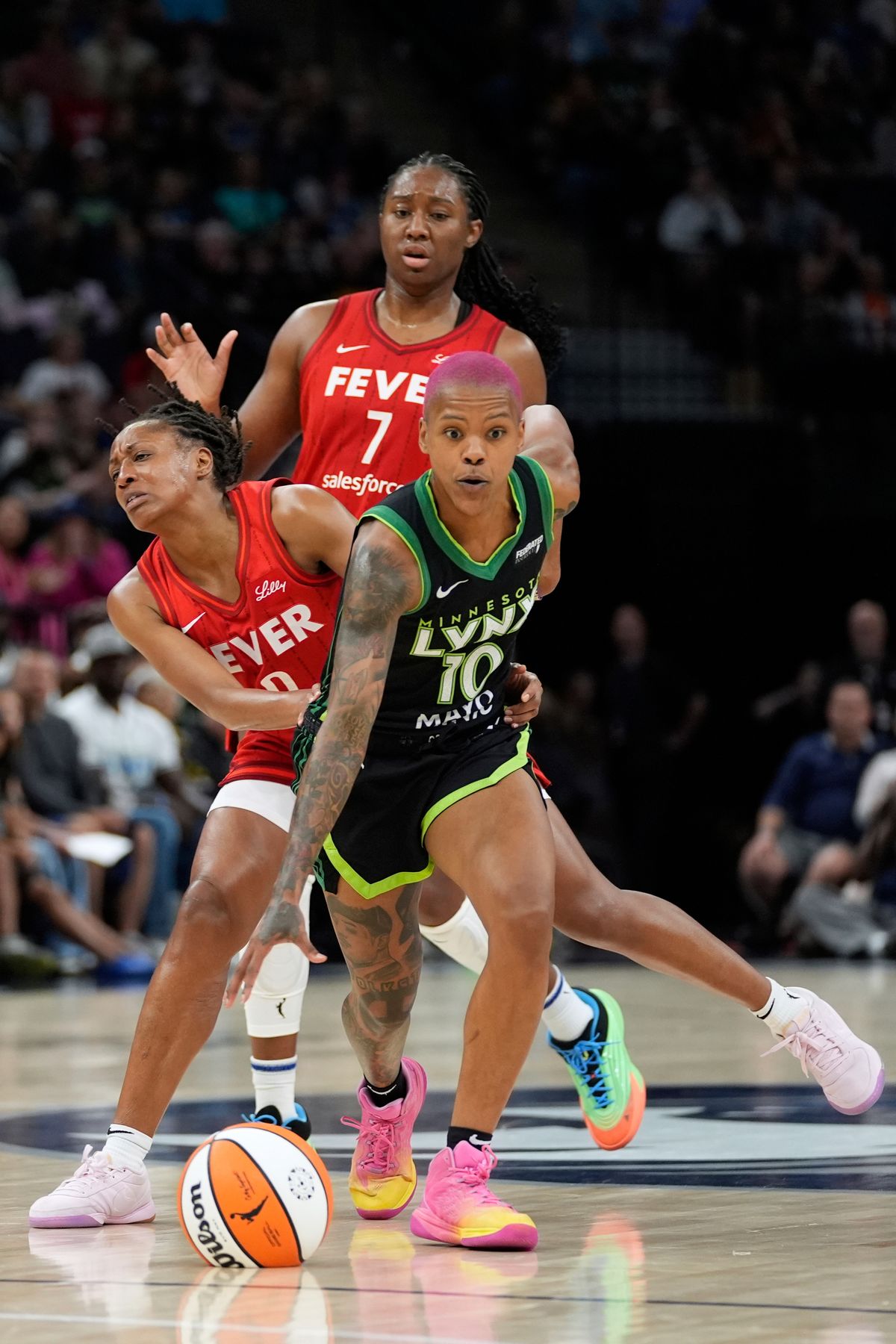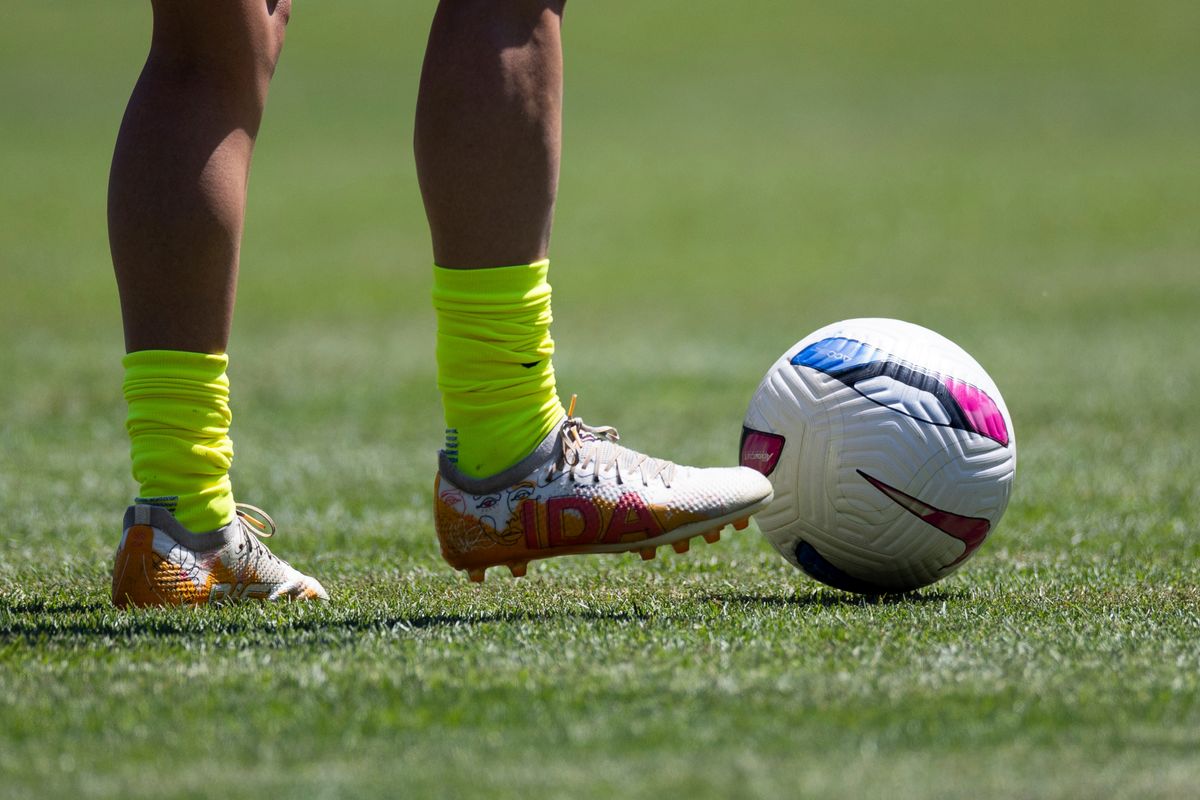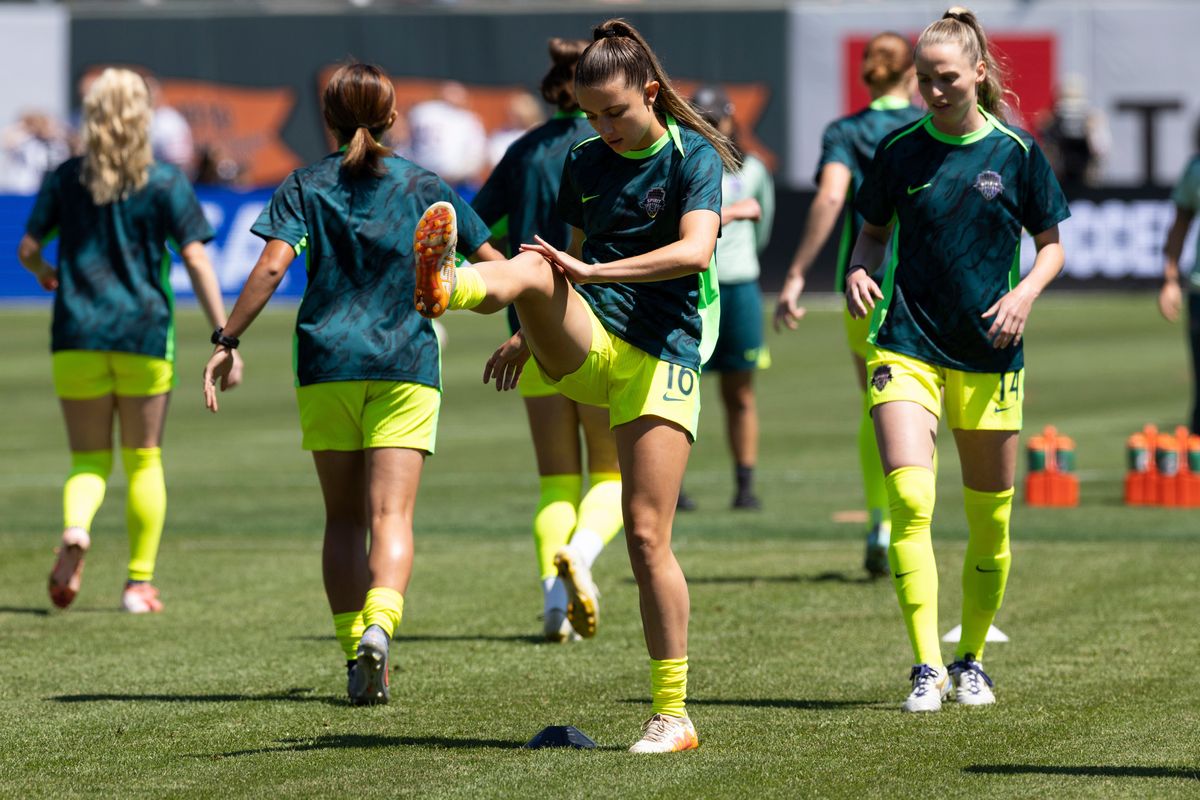Laura Youngson didn’t expect to focus so much on soccer cleats when she organized a group of women to climb Mount Kilimanjaro and play a high-altitude match.
The point of the 2017 game was to highlight inequality in sports for women and girls. On that front, Youngson achieved her goal with the match becoming the subject of a documentary and landing the group in the Guinness Book of World Records.
Still, something bothered Youngson as the match unfolded. Glancing at the athletes’ feet, she was struck that all the women were wearing men’s or boy’s soccer cleats instead of gear that was designed specifically for them. The realization led her to launch IDA Sports, which makes soccer cleats for the unique athletic needs of women.
“There was this real commercial gap for performance footwear for women,” said Youngson, whose IDA cleats are worn by players including Washington Spirit midfielder Courtney Brown. “As the game is growing, we’re in this moment when everything’s professionalizing, but the footwear wasn’t really keeping pace, so I wanted to go and change that.”
IDA is among a growing number of companies founded in recent years to prioritize women in sports.
These aren’t just lifestyle or athleisure brands. Moolah Kicks, for instance, makes women’s basketball shoes designed specifically for women’s feet and counts Courtney Williams of the WNBA’s Minnesota Lynx as one of its partners. Lindsay Housman founded Hettas, a performance running shoe company. Saysh, Olympic gold medalist Allyson Felix’s running shoe company, allows buyers to make free exchanges when their size changes during pregnancy.
Beyond shoes, Liv Cycling makes performance bicycles for women and there’s even Indiana Fever partner Sequel tampons, which have spiraled grooves that help prevent leaks during strenuous activities.
The companies are entering the market at a time when interest in women’s sports is intensifying.
The WNBA has shattered attendance records recently, lifted by the star power of players like Caitlin Clark and Angel Reese. National Women’s Soccer League teams are worth 29% more this year than they were a year ago, with both Angel City and the Kansas City Current now valued at over $250 million. Several new pro sports leagues have formed in recent years, including the Professional Women’s Hockey League and the 3-on-3 Unrivaled basketball league. The Women’s Professional Baseball League is set to launch next year.
Overall, women’s sports generated global revenue of $1.88 billion in 2024 and is projected to rake in $2.35 billion this year, according to consulting firm Deloitte. Commercial revenue, including s ponsorships and merchandising sales, surpassed $1 billion globally for the first time last year.
No more ‘shrink it and pink it’
All that growth means more opportunities for women-owned brands — and a chance to reject the “shrink it and pink it” mentality in which companies were criticized for taking men’s products and selling them to women by making them pretty rather than functional.
“Marketing is all about understanding the needs of consumers,” said Dae Hee Kwak of the Center for Sport Marketing Research at the University of Michigan School of Kinesiology. “So thinking of the needs of the women’s sports fan and athlete, who understands them better than women, right?”
Leela Srinivasan, CEO of the sports marketing and sponsorship platform Parity, said men’s products simply weren’t built for women’s bodies.
“Women in motor sports will tell you that even the way the seat belts are designed, they don’t fit right, they don’t fall in the right places,” Srinivasan said. “You talk to Lynn Saint James, the motor sports legend, about how she couldn’t reach the pedals. Nothing has been designed with women’s bodies in mind.”
Bonnie Tu, who founded Liv Cycling, experienced that problem with bicycles.
“Whenever I’d go for vacation, I would take a bike from the hotel,” Tu said. “Most of the time, I would get myself hurt because the bike doesn’t suit me well. Because most of the bikes are meant for men, no matter if it’s a mountain bike or it’s road bike, it was all for men.”
Youngson similarly looked at biomechanical needs when designing cleats for IDA, resulting in a product that features a wider toe box, narrower heel and shorter studs than men’s boots.
For those who have spent decades in and around women’s sports, these shifts represent a profound change. Natalie White, who founded Moolah Kicks after playing basketball in college and working on the business side of several WNBA teams, recalled always playing the sport in boy’s and men’s shoes.
“It wasn’t until I was a senior in college and I saw an advertisement that had more top WNBA players holding out men’s shoes that it really hit me, ‘Oh, my God, this is crazy.’ When you begin your career, through pro, you’re not only going to be playing in equipment that isn’t fit for you, but you’re going to be promoting it?” White said. “Oh my gosh, crazy.”
The bigger shoemakers, including Adidas and Nike, have developed women’s soccer and basketball shoes in recognition of the growing market and the needs of the female athlete. Sabrina Ionescu has a signature shoe with Nike and, this past summer, Adidas released its first player edition of Adidas’ F50 Sparkfusion cleat with NWSL star Trinity Rodman.
Women want products without pandering
Kwak said that in addition to products made specifically for them, women also value authenticity as consumers. And that means working with women’s leagues, athletes and sometimes causes involving equity and social justice.
IDA, for example, has partnered with the players’ unions for both the NWSL and the Gainbridge Super League, a top-tier domestic professional women’s soccer league that launched last year.
Coalition Snow, a women-led ski and snowboard company based in Reno, Nevada, not only makes sure of safe and fair working conditions throughout its supply chain, it also uses recycled material for packaging and partners with a nonprofit to plant trees in rural Kenya for every board or pair of skis sold.
Liv Cycling sponsors women’s racing teams and competitions, like the Tour de France Femmes, in addition to community clubs. Athlete involvement in the creation of products helps, too. It’s really what personalizes these companies compared to the sporting goods giants.
But it’s all about taking that first leap, Youngson said.
“As the game grows and professionalizes, it should be attractive to brands,” Youngson said. “So then you’re going, ‘Why aren’t you doing it?’ Because the money’s there, the game’s there. Why can’t we have all of this choice around us in the same way that the men’s game has?”
___
AP Sports Writer Alyce Brown contributed to this report.
By ANNE M. PETERSON
AP Sports Writer





